There’s nothing more frustrating than looking out at your lawn and seeing yellow patches where you once had a lush, green carpet. A yellowing lawn isn’t just unsightly — it’s often a sign that something deeper is wrong. But don’t worry. In most cases, yellow grass is a symptom that can be reversed with the right approach.
This guide will walk you through why grass turns yellow, how to diagnose the problem, and most importantly — how to fix it fast.
1. Why Is Your Grass Turning Yellow?
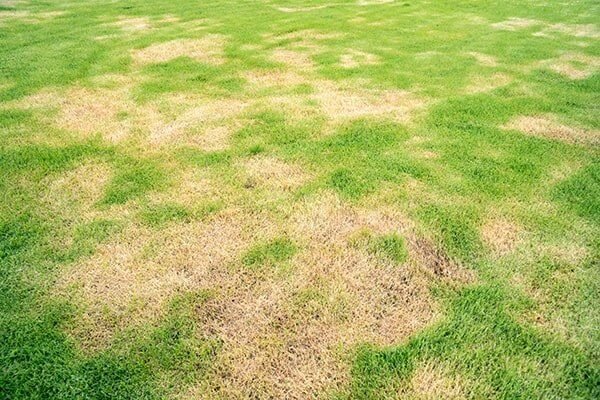
There are several reasons why your grass may be turning yellow. Let’s break them down:
A. Nutrient Deficiencies (Especially Nitrogen and Iron)
- Nitrogen Deficiency: Nitrogen is essential for chlorophyll production — the pigment that makes grass green. If your lawn lacks nitrogen, it can turn pale or yellow.
- Iron Deficiency (Chlorosis): Iron is also crucial for healthy green grass. When iron is lacking, grass blades may appear yellow while the veins remain green.
- Other nutrients like magnesium or manganese can also play a role, but nitrogen and iron are the most common culprits.
B. Overwatering or Underwatering
- Too Much Water: Oversaturated soil can suffocate the roots by cutting off oxygen. It also encourages root rot and fungal growth.
- Too Little Water: Drought or insufficient watering stresses grass, causing it to dry out and yellow.
- Inconsistent watering — alternating between overwatering and underwatering — also puts stress on grass, leading to discoloration.
C. Soil Compaction
When soil becomes compacted, it reduces the flow of air, water, and nutrients to the roots. This starves the grass and causes it to yellow. Compaction usually occurs from heavy foot traffic, lawn equipment, or natural settling over time.
D. Thatch Buildup
Thatch is a layer of organic matter that builds up between the green grass and soil. While a thin layer is healthy, too much (over ½ inch) can block water, air, and nutrients from reaching the roots.
E. Mowing Mistakes
- Cutting Too Short (Scalping): Removing too much grass at once shocks the plant and can damage the crown (where new blades grow).
- Dull Mower Blades: These tear instead of cutting cleanly, leaving jagged edges that brown or yellow.
- Mowing Wet Grass: This can damage blades and increase disease risk.
F. Pests and Disease
- Grubs and Insects: These pests feed on grass roots, weakening the plant and turning it yellow.
- Fungal Diseases: Conditions like brown patch, dollar spot, or rust disease often present as yellow or brown patches.
- Pet Urine: Especially from dogs, it can create high concentrations of nitrogen and salt, which burn the grass.
G. Environmental or Chemical Damage
- Fertilizer Burn: Applying too much fertilizer or using it incorrectly can scorch your lawn.
- Herbicide Injury: Overspray or using the wrong weed killer can harm turf.
- Vehicle or Foot Traffic: Repeated compression and wear can stress or kill grass.
H. Natural Dormancy
Some types of grass naturally turn yellow during extreme temperatures or seasonal changes. Warm-season grasses like Bermuda or Zoysia may go dormant and yellow in cooler months, while cool-season grasses like Fescue can yellow in extreme heat.
2. How to Diagnose the Cause of Yellow Grass
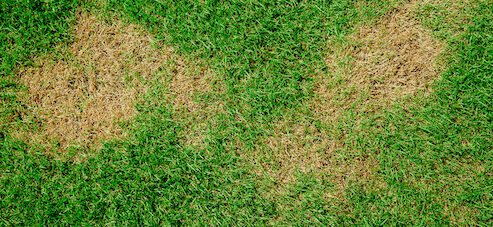
Before jumping to solutions, it’s essential to identify the cause. Here’s a step-by-step diagnostic approach:
- Look at the Pattern
- Uniform yellowing across the lawn suggests a general issue (like nutrients or watering).
- Patches or rings of yellow? Think pests, disease, or pet damage.
- Feel the Soil
- Is it too wet? Too dry? Compacted?
- Try sticking a screwdriver into the ground — if it’s hard to push in, the soil is likely compacted.
- Check Mowing Practices
- Are the blades sharp?
- Are you cutting more than ⅓ of the grass height at once?
- Are you mowing too low?
- Test the Soil
- A basic soil test will reveal nutrient deficiencies and pH imbalances.
- Kits are available at garden centers or online, or you can send a sample to a lab.
- Inspect for Pests or Fungi
- Roll back a section of turf to look for grubs.
- Check for moldy patches, webbing, or spots that indicate fungal diseases.
Now that you know what’s causing the issue, let’s dive into effective solutions:
3. How to Fix Yellow Grass — Fast!
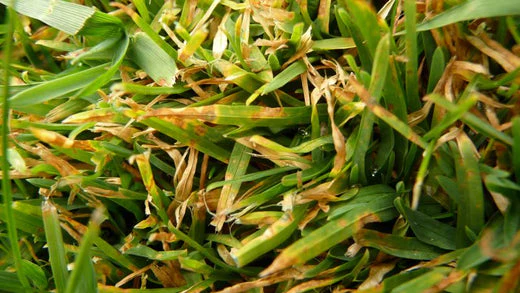
A. Correct Nutrient Deficiencies
- Apply a Nitrogen-Rich Fertilizer: Use a slow-release lawn fertilizer with nitrogen if your lawn is pale or stunted.
- Add Iron if Needed: Products like iron chelate can quickly green up a lawn without promoting excessive growth.
- Avoid Over-Fertilizing: More is not better. Overuse can burn grass and worsen the problem.
B. Adjust Watering Routine
- Water Deeply, Not Frequently: Give your lawn about 1–1.5 inches of water per week, ideally early in the morning.
- Avoid Daily Light Watering: This encourages shallow roots.
- Improve Drainage: If water pools or runs off, consider aeration or adding organic material to improve soil structure.
C. Aerate Compacted Soil
- Use a core aerator to pull plugs of soil from the lawn.
- Do this in spring or fall when the grass is actively growing.
- Follow up with a topdressing of compost to enhance soil health.
D. Remove Excess Thatch
- Use a thatching rake or power dethatcher to break up thick layers.
- After dethatching, water and fertilize to help the lawn recover.
E. Improve Mowing Practices
- Keep Blades Sharp: Sharpen your mower blades regularly.
- Follow the ⅓ Rule: Never cut more than one-third of the grass blade height in a single mowing.
- Set the Right Height: Different grass species have different ideal heights. Learn your grass type’s needs.
F. Address Pests and Disease
- Grubs: Apply a grub killer or natural remedy like beneficial nematodes.
- Fungal Diseases: Use a lawn fungicide if needed and avoid watering at night.
- Pet Urine: Water the area immediately after your pet urinates. You can also train them to use a designated spot.
G. Patch and Reseed
- For dead or bare areas, rake out the dead grass, loosen the soil, and reseed with a matching grass type.
- Keep the soil moist until new grass establishes.
4. Preventing Yellow Grass in the Future
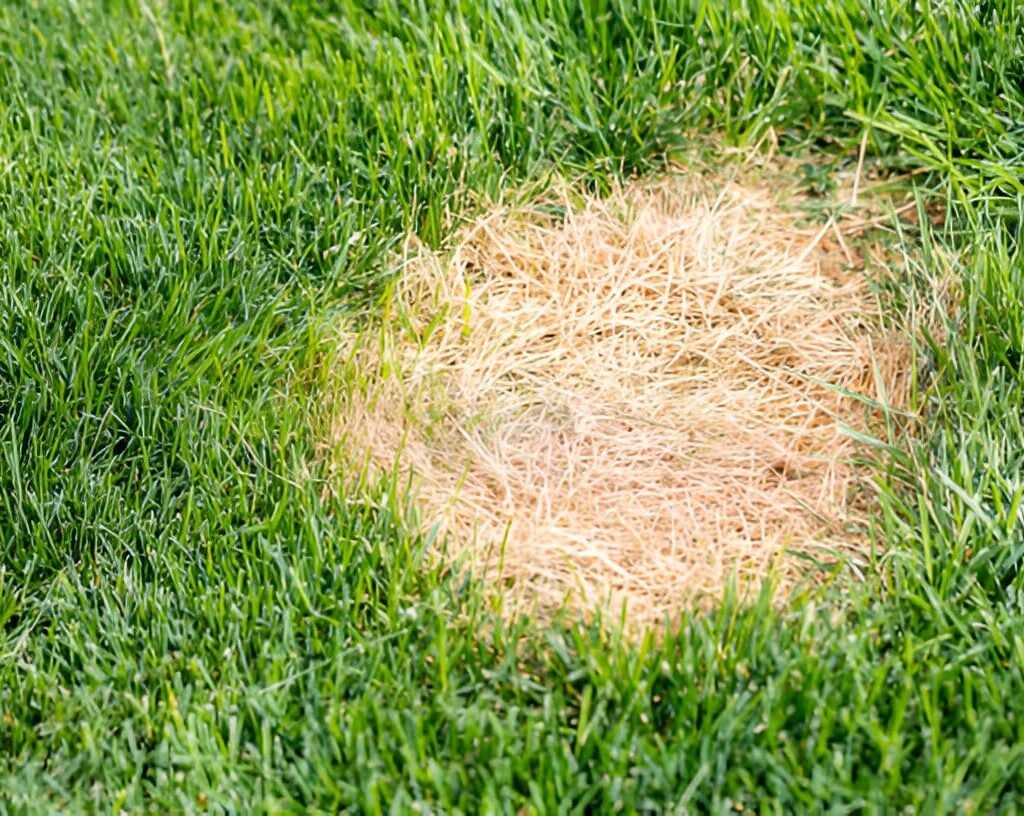
The best way to avoid yellowing is by establishing a strong lawn care routine. Here are some top tips:
- Test your soil annually to monitor pH and nutrient levels.
- Fertilize regularly — but based on what your soil actually needs.
- Mow properly with sharp blades and the right height setting.
- Aerate every 1–2 years to relieve compaction.
- Dethatch as needed, especially if you have warm-season grass.
- Water wisely — deeply and less often.
- Watch for signs of pests or disease early before they spread.
5. Quick Fix Recovery Plan (4 Steps)
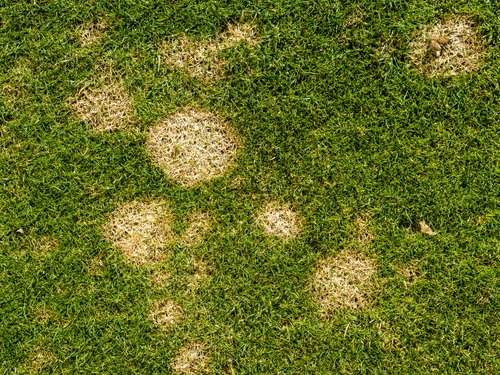
Here’s a basic four-step recovery plan you can start today:
| Step | Action | Purpose |
|---|---|---|
| 1 | Deep water the lawn | Revives roots and hydrates soil |
| 2 | Aerate compacted areas | Improves airflow and drainage |
| 3 | Apply appropriate fertilizer | Replenishes missing nutrients |
| 4 | Overseed bare spots | Fills in patchy or dead areas |
You’ll start to see signs of improvement in 7 to 14 days. Full recovery may take a few weeks depending on the severity and grass type.
Conclusion
A yellow lawn can be a wake-up call — but it’s not a death sentence. With a little detective work and some timely care, you can restore your grass to a lush, healthy green. Whether it’s fixing your watering routine, adjusting your mowing habits, or treating pests, each step takes you closer to a picture-perfect lawn.
Remember: Healthy soil equals healthy grass. Treat the root cause, not just the symptom — and your lawn will thank you.
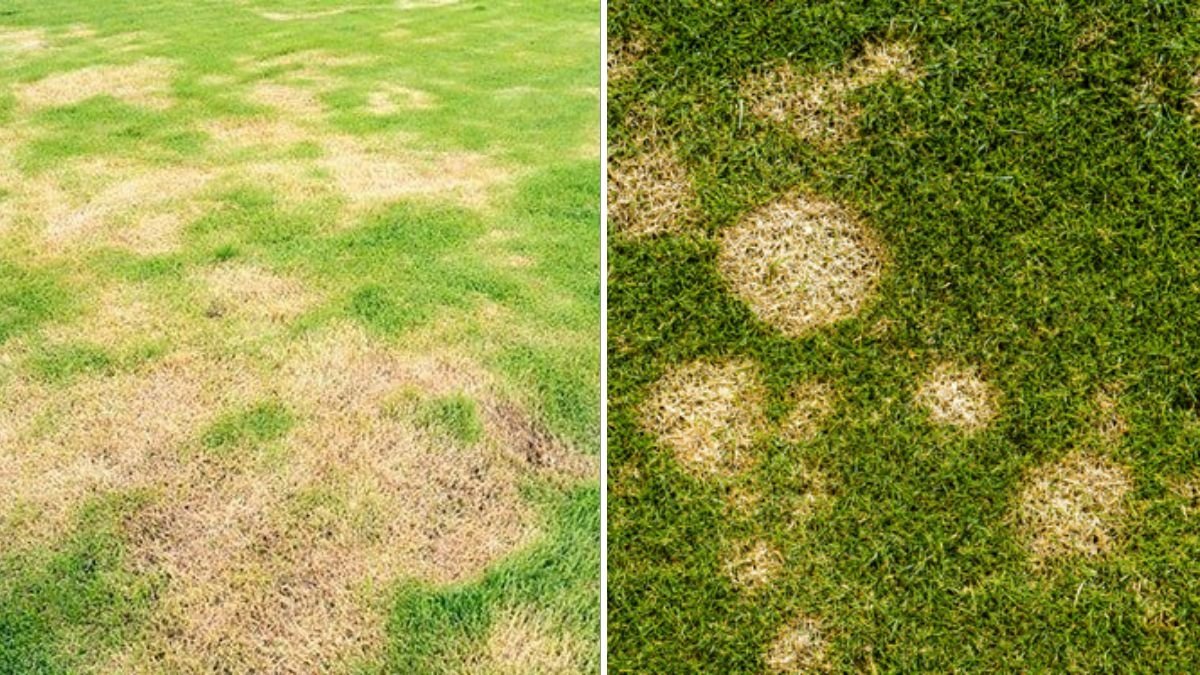
Leave A Comment